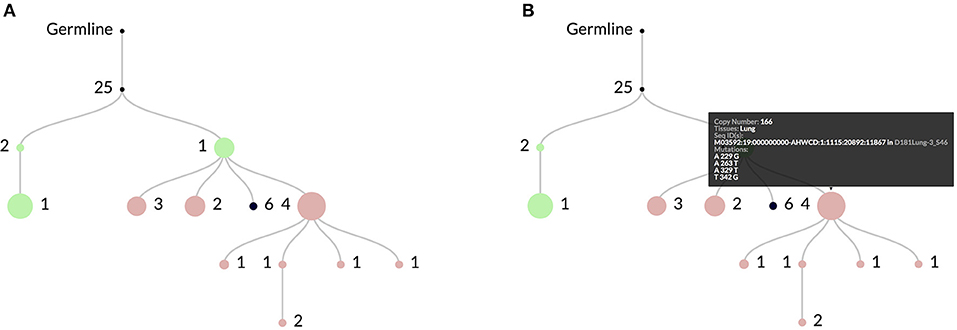
The genes that encode antibodies (Ab) and the immune receptors expressed on B and T lymphocytes are not germline encoded rather, they are somatically generated in each developing lymphocyte by a process called V(D)J recombination, which assembles specific, independent germline gene segments into mature, composite genes. We welcome participation from the community in developing the file format standard, as well as code contributions. The VDJML suite and documentation are available from. The VDJML suite will allow users to streamline their V(D)J analysis and facilitate the sharing of scientific knowledge within the community. The VDJML file format specification is accompanied by a support library, written in C++ and Python, for reading and writing the VDJML file format. The proposed format, VDJML, provides a common standardized format for different V(D)J analysis applications to facilitate downstream processing of the results in an application-agnostic manner. To help address this problem, we propose a standardized file format for representing V(D)J analysis results. These differences make it challenging for users to perform additional downstream analyses.
Chicken immune repertoire sequencing software#
However, each of these software tools produces results in a different file format, and can annotate the same result using different labels. Researchers utilize software such as IgBLAST and IMGT/High V-QUEST to perform V(D)J analysis and infer the structure of germline rearrangements. Despite the widespread use of immune repertoire profiling and analysis software, there is currently no standardized format for output files from V(D)J analysis. This has been accompanied by a proliferation of software tools for analysis of repertoire sequencing data. Recent technological advances in repertoire profiling via high-throughput sequencing have resulted in an explosion of research activity in the field. Characterization of immune repertoires is critical in both basic research and clinical contexts. V(D)J recombination is the distinguishing feature of adaptive immunity and enables effective immune responses against an essentially infinite array of antigens.
Chicken immune repertoire sequencing full#
The full set of composite genes in an individual at a single point in time is referred to as the immune repertoire.


The genes that produce antibodies and the immune receptors expressed on lymphocytes are not germline encoded rather, they are somatically generated in each developing lymphocyte by a process called V(D)J recombination, which assembles specific, independent gene segments into mature composite genes.


 0 kommentar(er)
0 kommentar(er)
